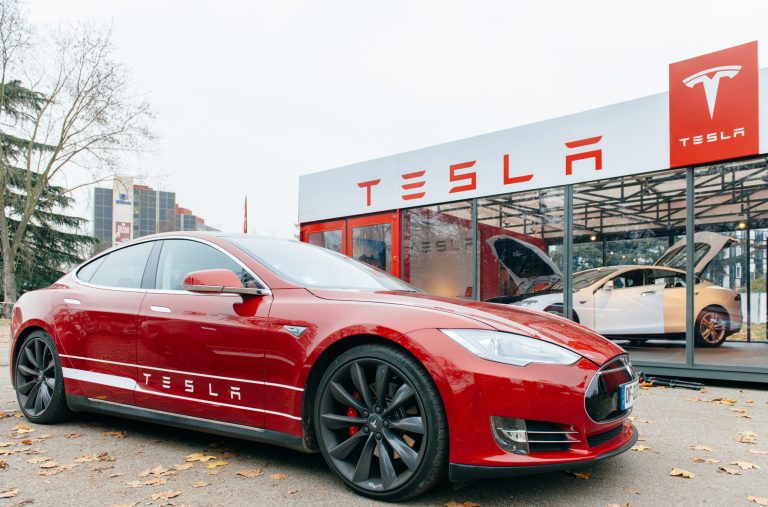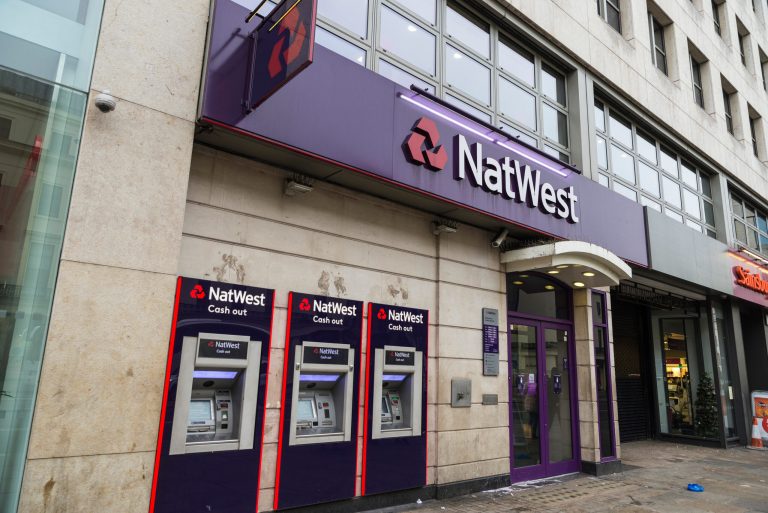US benchmark equity markets fell on Wednesday as Treasury yields continued to rise amid a shallow outlook for the Federal Reserve’s rate-cut cycle.
At the time of writing, the Dow Jones Industrial Average was down 1.4%. The average shed more than 600 points, and fell for the third straight session.
The S&P 500 index was down 1.5%, while the Nasdaq Composite fell more than 420 points.
Earlier in the session, the benchmark 10-year Treasury note yield topped 4.25%, reaching its highest level since July 26.
Robust economic data pushes yields higher
Strong economic data from the US are fueling the rise in Treasury yields.
The US economy continues to remain resilient, which is also dampening hopes of a larger Fed rate cut in November.
“To me, it’s all about the impact of higher rates. The market is repricing the probability that the Fed can aggressively cut rates,” Brent Schutte, chief investment officer at Northwestern Mutual Wealth Management, told CNBC.
“There have been parts of the economy that haven’t felt the impact of rising interest rates yet, but the longer rates remain higher, the more different parts of the economy have to reprice to that reality…the economy is out of equilibrium,” Schutte told CNBC.
Shares of Coca Cola and Tesla fall
Shares of Coca Cola fell about 2% on Wednesday even though the company’s third-quarter earnings beat expectations.
Tesla’s shares also dropped more than 1.5% as the company is scheduled to release its third-quarter earnings results after the closing bell on Wednesday.
McDonald’s shares drop after E. coli outbreak
Shares of McDonald were on track for its worst day since March 2020 as the fast-food giant scrambles to limit the damage from an E. coli outbreak.
The outbreak linked to Quarter Pounder burgers has killed one person and sickened nearly 50 others in several US states, according to a Reuters report.
The outbreak has also sickened people in more than 10 US states, with 10 hospitalised due to serious illness, according to the US Centers for Disease Control and Prevention (CDC).
The CDC and McDonald’s are scrutinising McDonald’s supplies of slivered onions and Quarter Pounder beef patties as they investigate the cause of the E. coli outbreak, Reuters reported.
At the time of writing, shares of McDonald’s Corp were down nearly 5% from the previous close.
Walmart shares rise, but Boeing slips
Shares of Walmart rose almost 1% on Wednesday to reach a fresh all-time high on Wednesday.
Shares of Walmart have outpaced the S&P 500 index in 2024, up 57% compared to the index’s nearly 22% jump this year, according to CNBC.
Meanwhile, the stock of Boeing slipped nearly 3% after reporting its largest quarterly loss since 2020.
The company reported a loss of nearly $6 billion in the third quarter, while also losing more than $4 billion in its commercial aeroplane sector.
Meanwhile, shares of Starbucks fell 1% after the coffee chain reported its results for the fourth quarter.
The company posted declines in same-store sales, net revenue and profit due to weaker demand in the US.
The post Dow Jones falls for third day as yields rise; McDonald’s and Tesla slump, Walmart hits record high appeared first on Invezz










